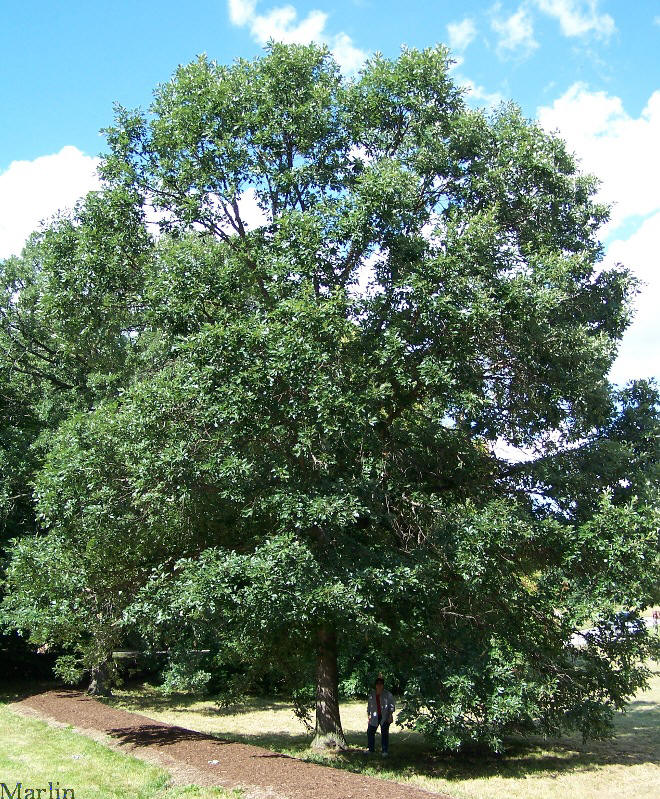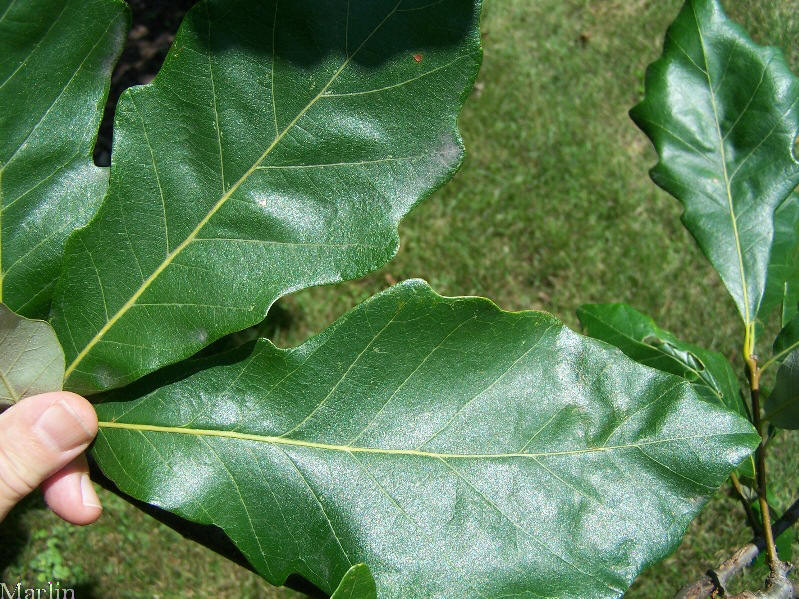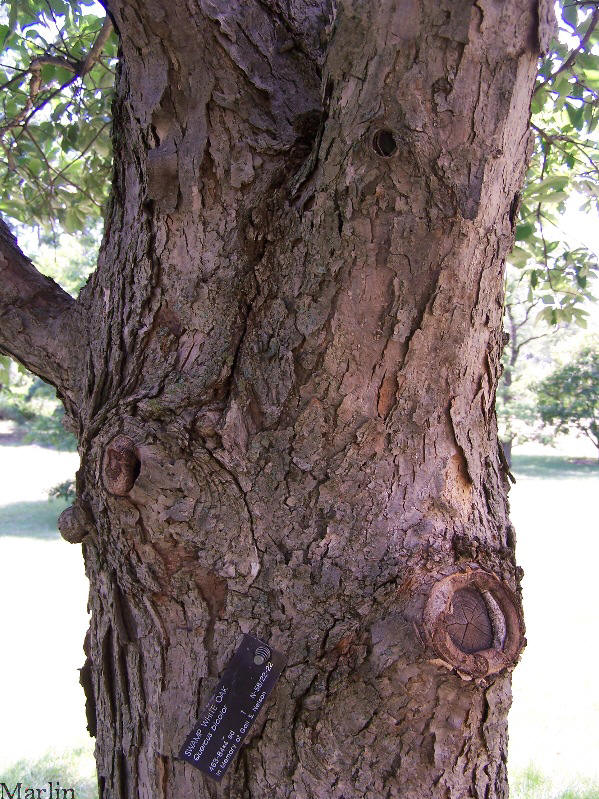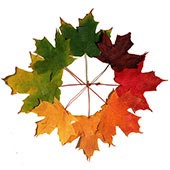Swamp White Oak – Quercus bicolor
Family Fagaceae – Beech, Chinkapin and Oak
This is a rapid-growing, long-lived tree of the north central and northeastern mixed forests.
Throughout its range, swamp white oak is typically found on hydromorphic soils. These may be mineral soils that are imperfectly to poorly drained, as evidenced by high water tables and the presence of glei subsurface layers, or both; organic soils ranging from mucks (well decomposed) to peats (poorly decomposed) in which high water levels have favored organic accumulation; or alluvial soils underlain by a glei layer. These kinds of soils are associated with lands that are periodically inundated, such as broad stream valleys, low-lying fields, and the margins of lakes, ponds, or sloughs. Swamp white oak is not found where flooding is permanent.
It is found in lowlands, along edges of streams, and in swamps subject to flooding. It is rapid growing and long lived, reaching 350 years.
 This swamp white oak is approximately 40 years old
This swamp white oak is approximately 40 years old
The tree is classed as intermediate in tolerance to shade, and seedlings become established under moderate shade. Lowland forests in which swamp white oak grows are characterized by instability and successional uncertainty because of the variable effects of flooding, together with the presence of saturated soils.

Swamp white oak may achieve dominance on the better drained lowland soils together with basswood, northern red oak (Quercus rubra), American beech (Fagus grandifolia), and sugar maple (Acer saccharum).

Once established, it is able to compete effectively with American elm, green ash, and black willow. Limited current evidence indicates clearcutting to be an adequate silvicultural system, particularly on the better sites. In forest stands swamp white oak has a straight bole with ascending branches and a narrow crown. However, open-grown trees are generally poorly formed and often have persistent lower branches.
Tree Encyclopedia | Tree Index

